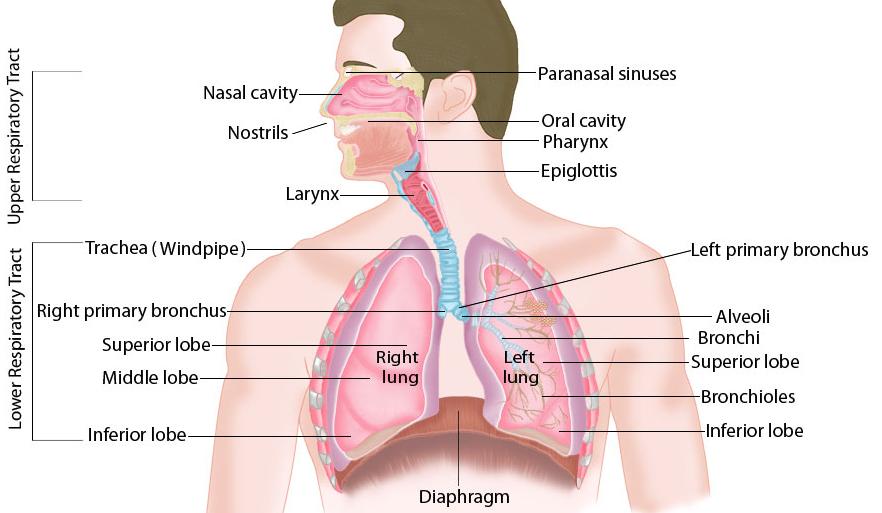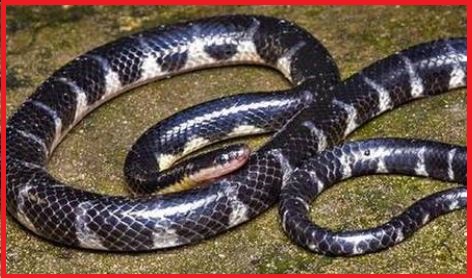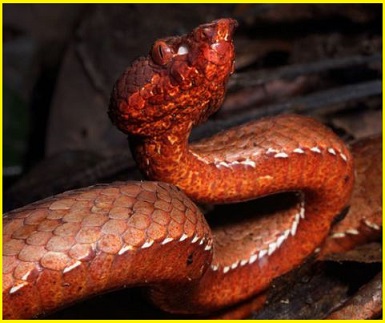Updated By: LatestGKGS Desk
Respiratory System: Introduction, Parts, Functions, Description

The respiratory system of a human being, parts, functions, description
We have a pair of external nostrils opening out above the upper lips. It leads to a nasal chamber through the nasal passage. The nasal chamber opens into the pharynx, a portion of which is the common passage for food and air.
A person at rest usually breathes between 12 to 15 times a minute. Newborns up to 6 weeks breathe between 30 to 60 times per minute!
The word "Lung" originates from a 13th-century European language, it means "light" which refers to the weight of the organ when considering its size.
Each of the lungs contains about 300 million balloon-like structures called alveoli, which replace the carbon-dioxide waste in its blood with oxygen.
The brain senses this shortage of oxygen and sends a message that causes you to take a deep long breath.
Respiratory System has the following function:
Breathing or pulmonary ventilation by which atmospheric air is drawn in and the CO2 rich alveolar air is released out.
Diffusion of gases (O2 and CO2) across alveolar membrane.
Transport of gases by the blood.
Diffusion of O2 and CO2 between blood and tissues.
The utilization of O2 by the cells for catabolic reactions and resultant release of CO2.


